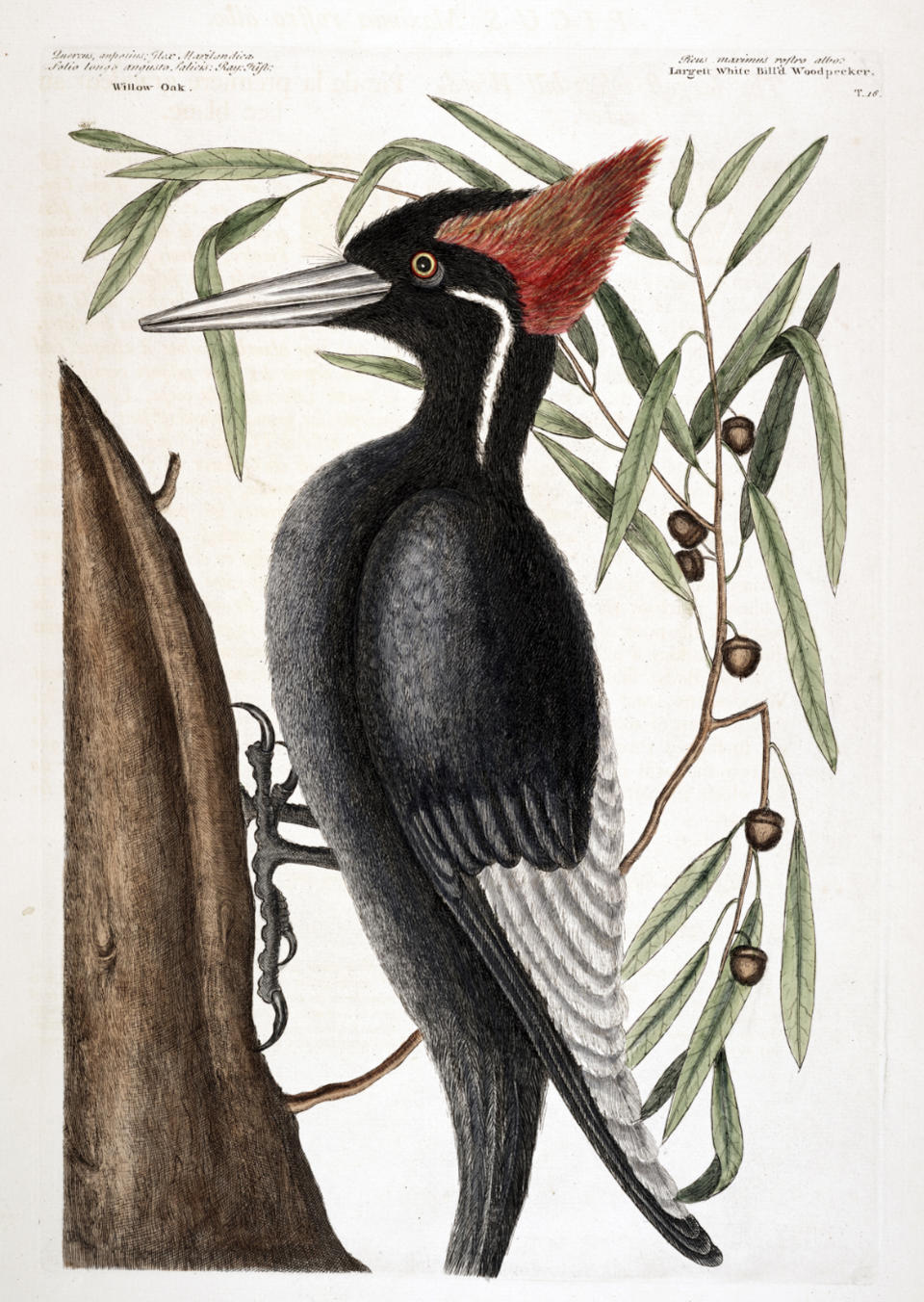Endangered species protections kick in too late, study finds
The Endangered Species Act’s protections often kick in too late to fully recover the declining populations of animals, plants and insects it is designed to help, according to a study published in the journal PLoS ONE on Wednesday.
The researchers who evaluated some 970 cases involving the U.S. Fish and Wildlife Service over the past three decades found that species remained on waiting lists for protection far longer than the act intends. When species are finally listed as endangered or threatened, their populations are often so small that they struggle to fully recover.
The study suggests that the Endangered Species Act, a bedrock tool of conservation, has become bogged down by delays and inaction that are hampering its mission.

“Since it was passed in 1973, the Environmental Species Act has served as an inspiration and model for conservation policy,” said Erich Eberhard, a doctoral student at Columbia University and an author of the research. “Our analysis suggests its strength is being undercut by listing too late with too small populations and too little funding.”
The slow process to list species has rankled conservation organizations for years.
Decisions on whether species should be listed are supposed to take two years, according to Noah Greenwald, the endangered species director at the Center for Biological Diversity. But the study found that they typically exceed that timeline no matter which political party is in charge.
And since Congress enacted the act, just 54 species have been fully recovered, the study says. Additional species have seen their status changed from endangered to threatened.
“If you wait until species are critically endangered, it’s that much harder to recover them, and it makes recovery less likely and makes the choices that much harder,” Greenwald said. “Species are slipping through the cracks.”
The new study builds upon research that began decades ago in a study that analyzed species listed from 1985 through 1992.

The new study, which reported data from 1993-2020, borrowed the same methods to collect and evaluate data about the size of species’ populations at the time they were listed under the Endangered Species Act.
In comparing the two time periods, the researchers found little had changed. The Fish and Wildlife Service is currently no more proactive about listing species before their numbers dwindled than it had been during the late 1980s.
The Fish and Wildlife Service did not respond to a request for comment about the new study. Although few species have fully recovered and been delisted, it’s important to remember that the Endangered Species Act has been instrumental in preventing extinction, Greenwald said.
“99% of species protected under the Endangered Species Act still survive, which is highly significant,” he said. “In a lot of ways it is working. That’s despite underfunding, despite political interference and despite what I would consider an inept agency in charge of implementing it.”
Species extinction is accelerating worldwide. A U.N. report on biodiversity found that 1 million species will face extinction, many within the next decades, unless more action is taken. Humans are the primary drivers of biodiversity change and the pace of extinction was accelerating, the report said.
This article was originally published on NBCNews.com

